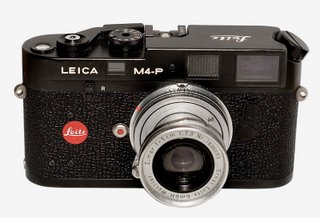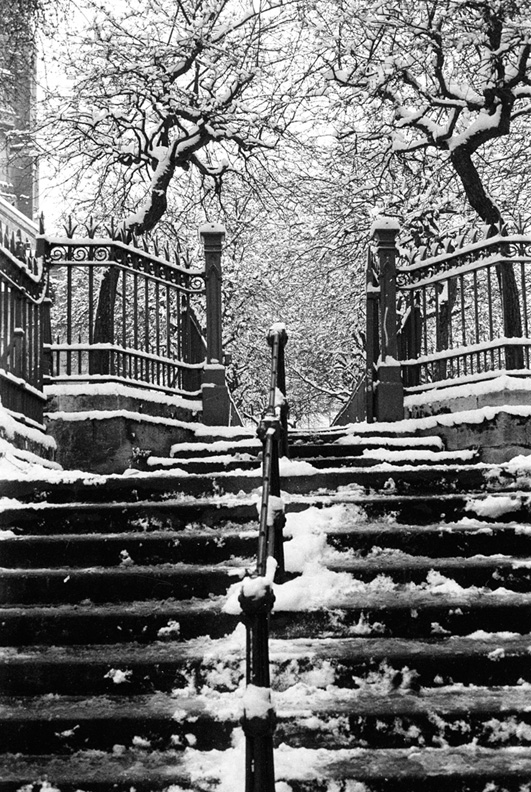
What makes Leica special?
The Leica was the first practical miniature format camera. Invented by Oskar Barnack in order to take pictures while on his mountain walks.
It actually didn't go into production until over ten years after Barnacks 1913 prototype 'UR-Leica'.
But it's diminutive size and high mechanical and optical quality saw it adopted by many photographers for the new ''repotage'' style, to which the camera leant itself to perfectly.
Many other companies have copied the Leica but none have remained as faithful to the original design idea.
In fact Leica announced just yesterday their new digital rangefinder the M8.
Most people would ask what's the fuss? Why would anyone want a manual focus rangefider digi-cam?
Simple, the Leica remains an original; mechanically and optically equalled but never surpassed, something to aspire to, but most of all it is a joy to use and own.



